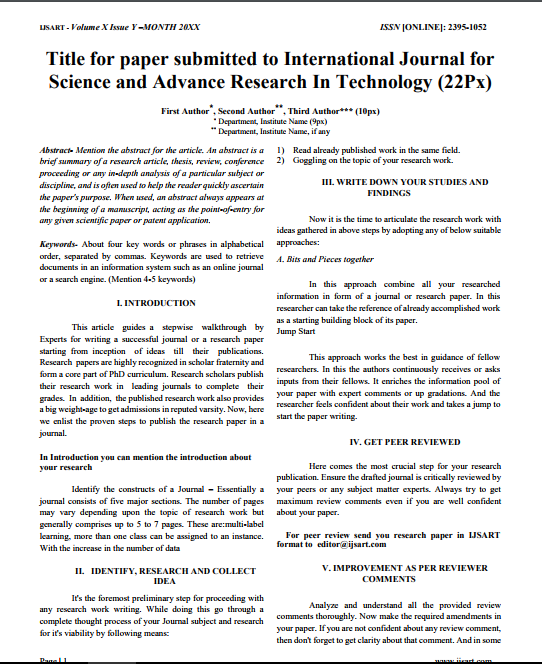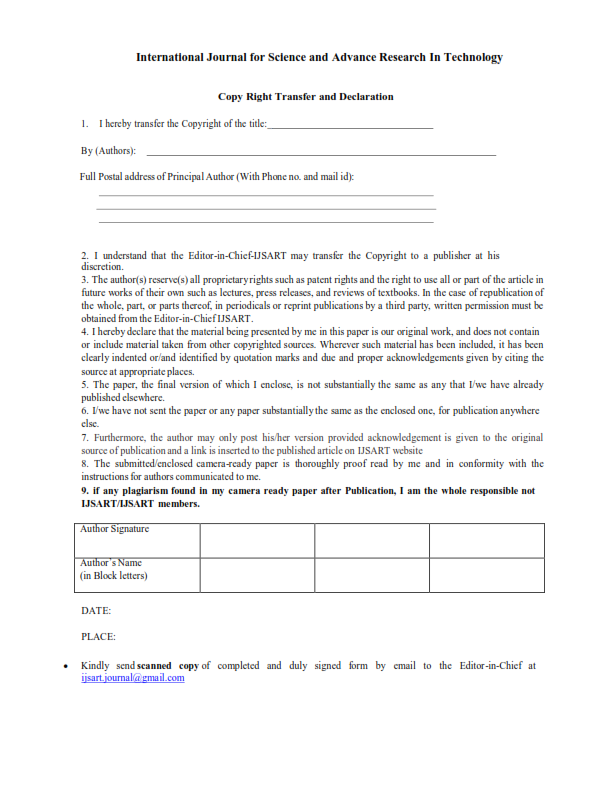Multi-Objective Genetic Algorithm involving Green Supply Chain Management |
Author(s): |
| Dr. Ajay Singh Yadav |
Keywords: |
| Multi-Objective Genetic Algorithm, echelon Green supply chain, Green Distributor’s, Green Vendor. |
Abstract |
|
A Green supply chain inventory optimization model is considered under assumption that the Inventory cost including holding cost. The Green demand and Green holding cost, both are taken as variable. Green Shortages are allowed in the Green inventory model and a fraction of Green shortages backlogged at the next replenishment cycle. Green Transportation cost is taken to be negligible and goods are transported on the basis of bulk release pattern. A four level Green supply chain consists of a Green production, Green distributor, Green Transportation and Green retailer, who are the cost bearers. It is necessary to have a coordinated approach between the tiers so that the chain is timed accurately for least Green inventory and minimum cost consequently maximum profits. In this paper, we consider a coordinated four echelon Green supply chain with a single Green production supplying a single type of product to single Green distributor and then to a single Green retailer. In this paper, we propose an efficient approach that effectively utilizes the Multi-Objective Genetic Algorithm for optimal inventory control. This paper reports a method based on Multi-Objective Genetic Algorithm to optimize inventory in Green supply chain management. We focus specifically on determining the most probable excess stock level and shortage level required for inventory optimization in the supply chain so that the total Green supply chain cost will be minimized. A numerical example is presented to illustrate the model and sensitivity is performed for a parameter keeping rest unchanged. |
Other Details |
|
Paper ID: IJSARTV Published in: Volume : 3, Issue : 9 Publication Date: 9/8/2017 |
Article Preview |
|
Download Article |


